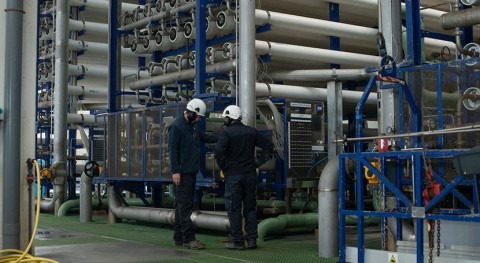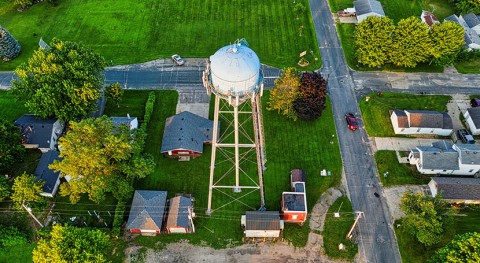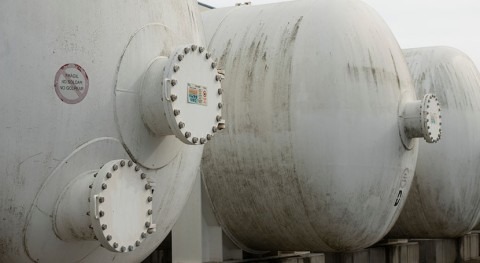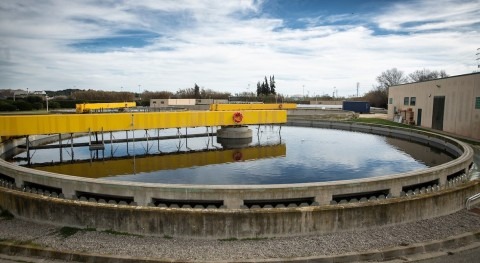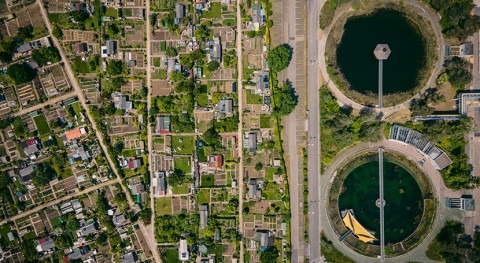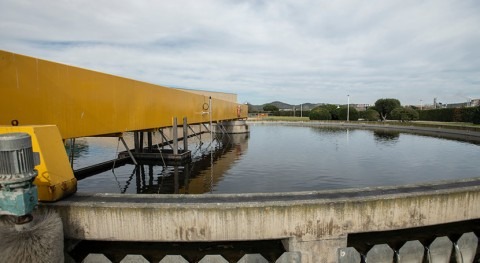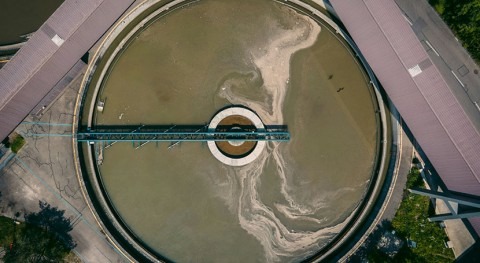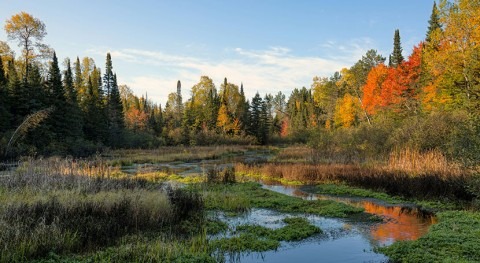Although we might hear that water is scarce in the Southwestern United States, some say there is enough water, but it is in the wrong places. Yet others argue that water in the Southwest is overallocated, that is, there are more water rights than actual water available. The truth is water in the Southwestern U.S is a valuable economic resource, giving rise to complex politics.
The Colorado River Compact, a 1922 agreement among seven states in the Colorado basin allocates the river’s water among those states (Colorado, New Mexico, Utah, Wyoming, Nevada, Arizona and California). As Eric Kuhn, former general manager of the Colorado River Water Conservancy District, and John Fleck, director of the University of New Mexico's Water Resources Program, point out in their 2019 history of Colorado River management, Science Be Dammed, the issues around water management in the basin are the same today as they were 100 years ago: how much water is available, what are legitimate water demands, and uncertainty in future supplies and demands.
Colorado river flows are decreasing: 19% in the first 15 years of this century. After two decades of severe drought, scientists point to aridification of the basin, which is becoming increasingly hot and dry, rather than a temporary drought. The development and overallocation of water resources in the 20th century may have come at a time when climate was wetter than the long-term average, something which is no longer the case. Moreover, climate change is leading to diminished flows, with important implications for some 40 million people and 5.5 million acres of farmland.
What are legitimate water demands is part of water politics in the Southwest. An in depth article in SP Global looks into the complexities of Colorado river management through a close look at the Lake Powell pipeline project. A “zombie water project”, – with significant opposition but refusing to go away – the plan to build a 140 mile pipeline to bring water to the town of St. George, in Washington County, Utah, has been dragging on since approved by the state legislature in 2006.
State officials say population in Washington county is expected to triple by 2060, so additional water resources will be needed. Data from the U.S. Geological survey show people in the county use 300 gallons of water per person per day, more than twice the national average, though those numbers are disputed. Water is Utah subsidised and, according to professor of economics at the University of Utah Gabriel Lozada, if water rates were raised to pay for the cost a pipeline, the water demand would be so low that no one would want to buy the water from the pipeline.
The Lake Powell Pipeline is one more example of the debate over water and the economy it supports in the Southwest. Water rights that predate the expansion of cities in the desert like Phoenix and Las Vegas favoured small farms. In the face of competing water uses, the trend to transfer water from agricultural communities to urban areas is not new. But a New York Times article points to something new: the involvement of private investors.
James Eklund, Colorado’s top water official from 2013 to 2017, favours a market-driven approach to water distribution in the Southwest: “Dealing with the threat of climate change to our water requires all sectors, public and private, working together.” To supporters of water markets, water is under-priced and thus overused; an open market would discourage wasteful low-value uses, particularly in agriculture, the major water user in the Southwest, using 70% of the available water.
Meanwhile, some see the Colorado River Compact as a tool to protect the river from the market. The truth is if states, cities, utilities and big farms can buy water without restrictions, even across state lines, the allocations of the compact are of no use, and there would be no governmental power to manage the river’s water resources. The New York Times spoke to Stuart Kells, professor at La Trobe Business School in Melbourne, who cautioned about following the same path as Australia with water markets, which had unintended outcomes: they were meant to redistribute water and turned it into a financialised product. After wildfires and drought in 2019 resulted in a spike in water prices, a government’s inquiry pointed to inadequate regulation and market exploitation by professional traders.
It remains to be seen whether water markets can be a conservation tool by discouraging subsidised, wasteful water use. They will have an impact on all aspects of water management: available water, competing demands, uncertainties. The current water allocation system has led to a scenario where cattle-feed crops such as alfalfa – which account for 23% of all water consumption in the U.S. – are the greatest consumer of river water in the Western U.S., according to an analysis in Nature Sustainability. The analysis suggests that long term water security and river ecosystem health will require less beef consumption. Even a golf course uses less water than an alfalfa farm.
On the other hand, widespread assumptions may not hold true: population growth does not necessarily increase water demand. In fact, Kuhn and Fleck sustain that water use is going down in all municipal areas served with Colorado river water, despite population growth. So the town of St. George many not need more water from the river after all.




